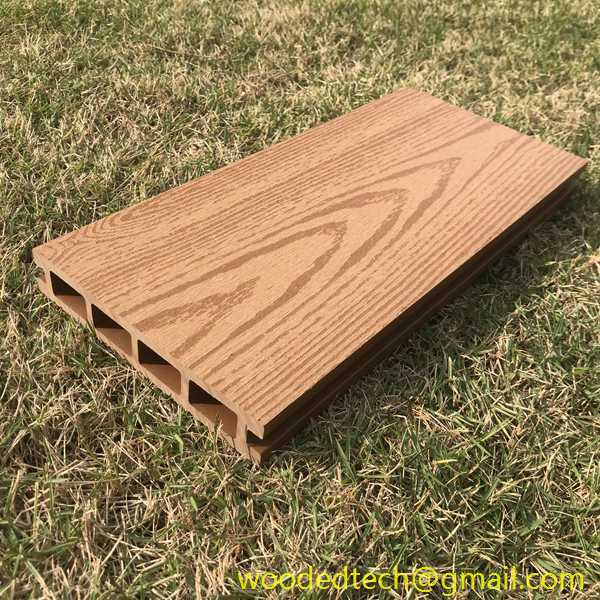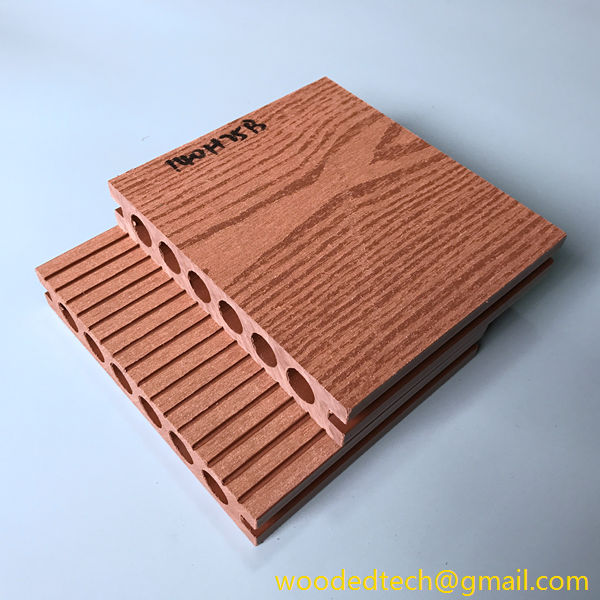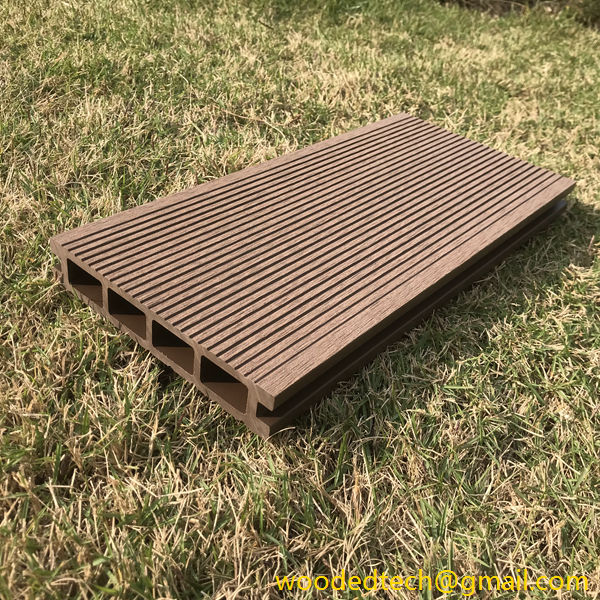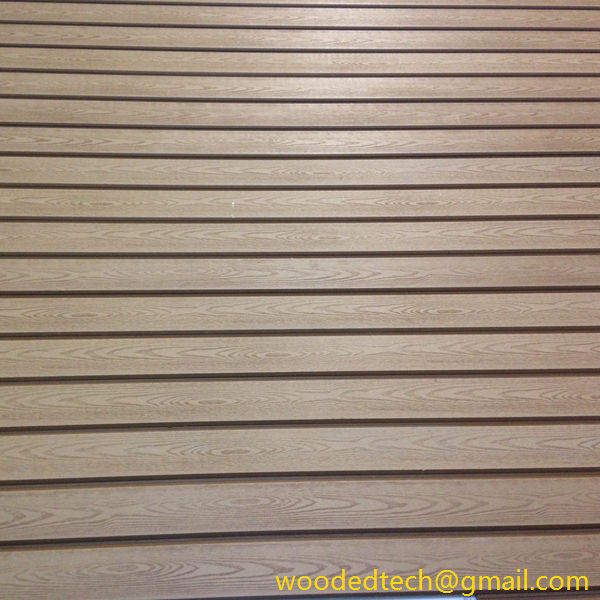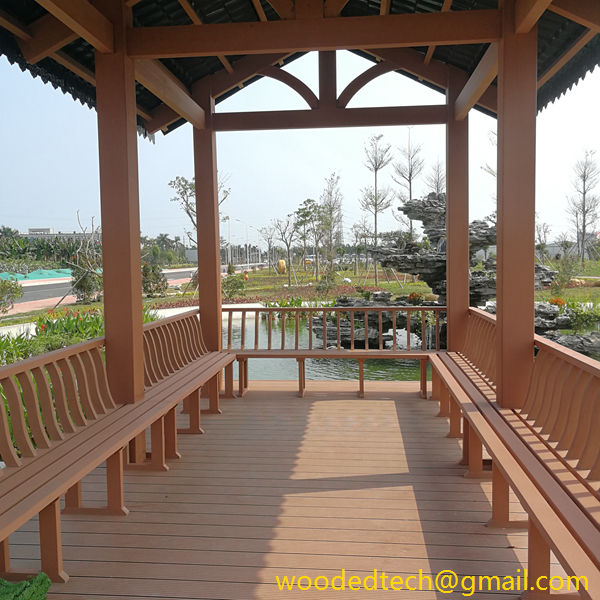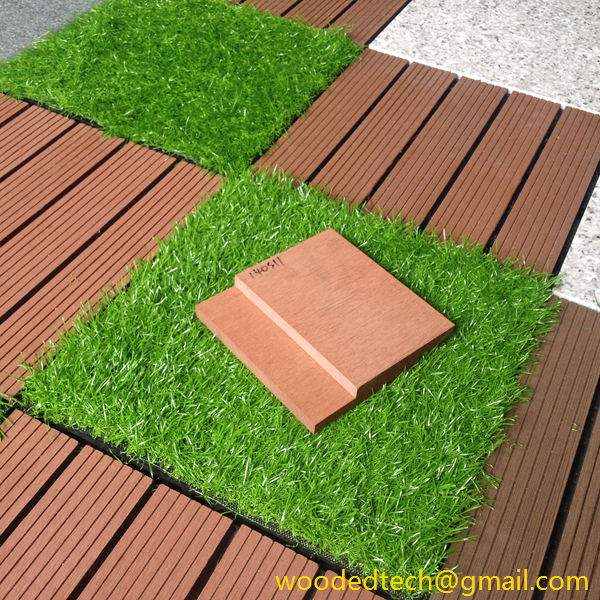Understanding Waterproof Plastic Wood and Its Applications
Waterproof plastic wood, often referred to as composite wood or plastic lumber, has become increasingly popular in various industries due to its durability, low maintenance requirements, and versatility. This innovative material combines the aesthetic appeal of natural wood with the practical benefits of plastic, making it an ideal choice for outdoor applications. In this article, we will explore the installation and maintenance aspects of waterproof plastic wood, as well as its wide range of applications.
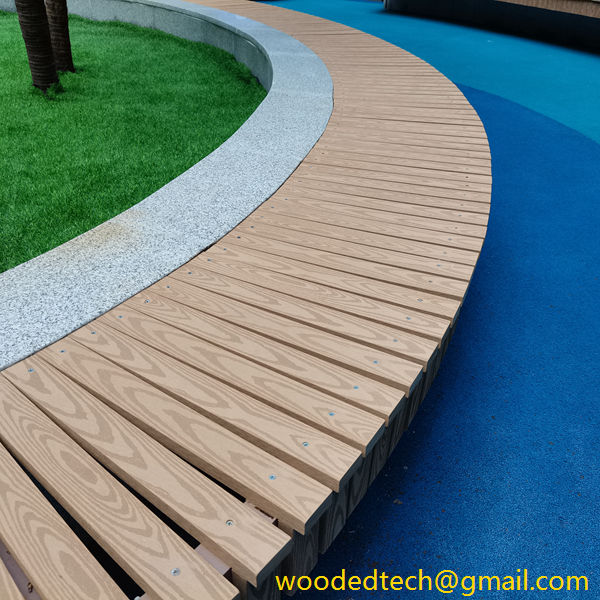
Installation of waterproof plastic wood is a straightforward process that can be accomplished by both professionals and DIY enthusiasts. The first step in the installation process is to prepare the site where the plastic wood will be used. This involves clearing any debris, leveling the ground, and ensuring proper drainage to avoid water accumulation. Unlike traditional wood, which can warp or rot when exposed to moisture, waterproof plastic wood is designed to withstand the elements, making it suitable for various outdoor environments.
When installing waterproof plastic wood decking, it is essential to use the proper tools and techniques. A circular saw is typically used to cut the material to the desired length, while a power drill can be employed to secure the boards in place with screws. It is crucial to follow the manufacturer’s guidelines regarding spacing between boards to allow for expansion and contraction due to temperature changes. Additionally, using a hidden fastener system can enhance the aesthetic appeal of the deck by providing a clean, seamless surface.
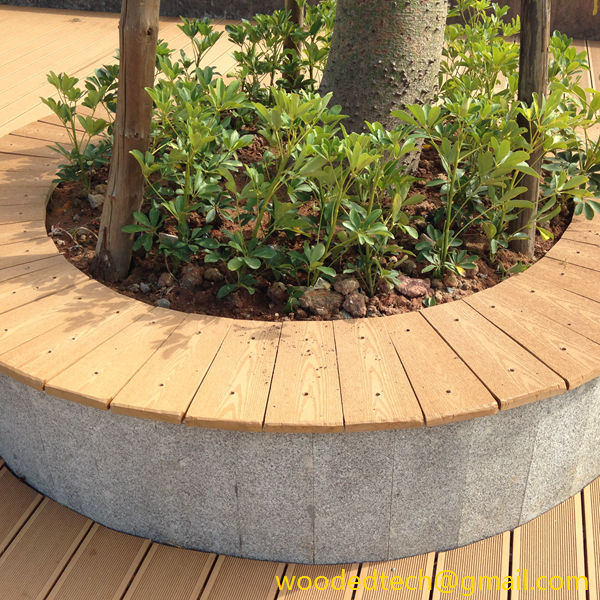
Another important aspect of installation is ensuring that the structure supporting the plastic wood is sound. For example, when constructing a deck, it is vital to use treated lumber or metal joists that can support the weight of the plastic wood and any additional loads, such as furniture or foot traffic. Proper alignment and leveling of the boards during installation will also contribute to the longevity and overall appearance of the finished project.
Once installed, waterproof plastic wood requires minimal maintenance compared to traditional wood materials. One of its most significant advantages is its resistance to moisture, which prevents issues such as mold, mildew, and rot. However, regular cleaning is still necessary to keep the surface looking its best. A simple solution of soap and water can effectively remove dirt and debris. For more stubborn stains, a soft-bristle brush may be used to scrub the surface gently.
It’s also important to note that while waterproof plastic wood is resistant to fading, exposure to sunlight can still cause discoloration over time. To mitigate this, some manufacturers offer UV-resistant options that can help maintain the color and appearance of the material. Additionally, applying a protective coating or sealant can further enhance its longevity and protect against wear and tear.
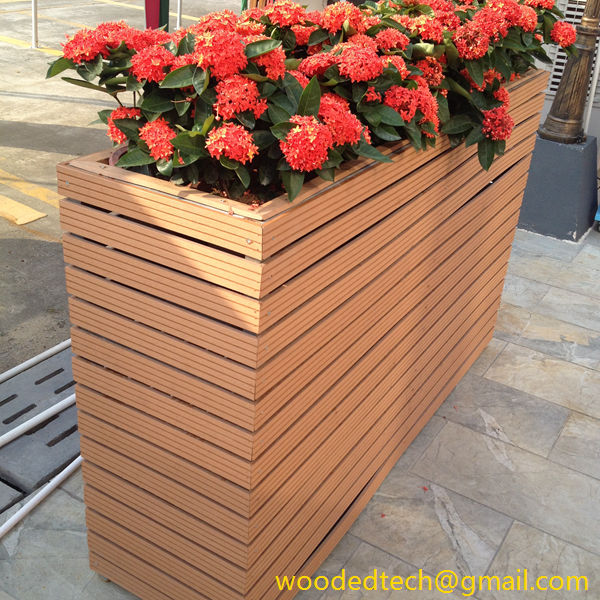
The applications of waterproof plastic wood are vast and varied. One of the most common uses is in decking and outdoor flooring, where its slip-resistant surface provides safety and comfort for users. This material is also popular for constructing fences, railings, and garden furniture, as it can withstand harsh weather conditions without deteriorating. Homeowners often choose plastic wood for landscaping projects, such as raised garden beds and planters, due to its lightweight nature and ease of installation.
In commercial settings, waterproof plastic wood is frequently used in boardwalks, picnic tables, and park benches, where durability and low maintenance are essential. Its resistance to insects and rot makes it an ideal choice for environments that require long-lasting materials. Furthermore, many municipalities are opting for plastic lumber in public spaces to minimize maintenance costs and enhance the overall appearance of parks and recreational areas.
In conclusion, waterproof plastic wood is an excellent alternative to traditional wood materials, offering numerous benefits in terms of installation and maintenance. Its durability, low upkeep requirements, and versatility make it suitable for a wide range of applications, from residential decks to commercial outdoor furniture. By understanding the proper installation techniques and maintenance practices, users can ensure that their waterproof plastic wood products remain functional and attractive for years to come. As the demand for sustainable and long-lasting materials continues to grow, waterproof plastic wood will undoubtedly play a significant role in the future of construction and design.

